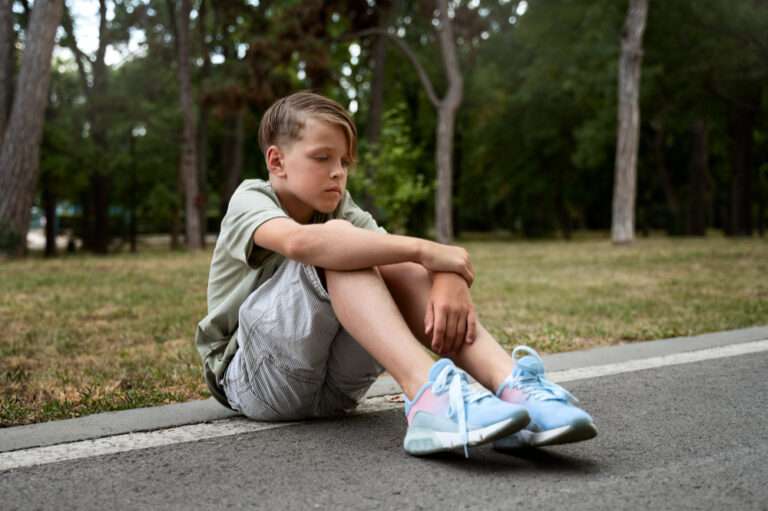Pediatric Vesicoureteral Reflux (VUR)
Pediatric Vesicoureteral Reflux (VUR) is a condition where urine flows backward from the bladder into the ureters and sometimes back into the kidneys. This reverse flow can lead to urinary tract infections (UTIs) and, in severe cases, kidney damage. VUR is particularly concerning in children because it can affect their growth and kidney development. The condition is most commonly diagnosed in infancy and early childhood.
Types of VUR
VUR is classified into two main types based on its cause:
- Primary VUR: This is the most common form and is due to a congenital (present at birth) defect in the valve mechanism between the ureter and the bladder that prevents urine from flowing back towards the kidneys. The severity of primary VUR is graded from I (mild) to V (severe), depending on how much urine flows back into the ureters and kidneys and whether it causes any swelling (dilatation).
- Secondary VUR: This form occurs as a result of a blockage or obstruction in the urinary tract that forces urine back up the ureters. It can also be due to nerve or muscle problems in the bladder that affect normal urine flow.
Symptoms
Many children with VUR do not have symptoms and are diagnosed after a UTI leads to further evaluation. Symptoms when they occur, may include:
- Recurrent UTIs, often with fever
- Painful urination
- Frequent urination
- Urgency to urinate
- Abdominal pain
- Bedwetting or incontinence in a previously toilet-trained child
In infants, symptoms can be more nonspecific, such as:
- Poor feeding
- Irritability
- Unexplained fever
- Slow weight gain
Diagnosis
VUR is often diagnosed after a child has a UTI. Diagnostic tests may include:
- Ultrasound of the kidneys and bladder: To check for swelling or abnormalities.
- Voiding cystourethrogram (VCUG): An X-ray exam that involves inserting a catheter into the bladder, filling the bladder with a contrast fluid, and taking X-rays to see if the fluid flows backward toward the kidneys when the bladder contracts during urination.
- Radionuclide cystogram (RNC): Similar to a VCUG but uses a different imaging technique that is less detailed but involves less radiation exposure.
Treatment
Treatment for VUR depends on its severity, the child’s age, and whether the child has UTIs. Options include:
- Watchful waiting: Many cases of mild to moderate VUR resolve without treatment as the child grows. This approach often includes regular urine tests to check for UTIs and may involve low-dose antibiotics to prevent infections.
- Antibiotics: For preventing UTIs, especially in younger children or those with higher grades of VUR.
- Surgery: In severe cases or when conservative treatments fail, surgery may be recommended to correct the defect that allows urine to flow backward. Surgical options include endoscopic surgery, where a substance is injected near the ureteral opening to create a valve function, and ureteral reimplantation, where the ureters are repositioned to prevent reflux.
Outlook
The outlook for children with VUR is generally good, especially for those with lower grades of reflux, which often improve or resolve with age. For more severe cases, timely treatment can usually prevent kidney damage and ensure normal kidney function. Regular follow-up with a pediatric urologist or nephrologist is important to monitor the child’s condition and adjust treatment as needed.
------------From our Sponsors------------









